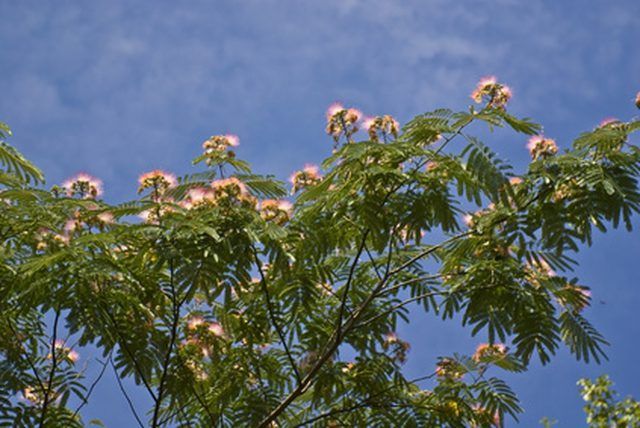Bulbs
Flower Basics
Flower Beds & Specialty Gardens
Flower Garden
Garden Furniture
Garden Gnomes
Garden Seeds
Garden Sheds
Garden Statues
Garden Tools & Supplies
Gardening Basics
Green & Organic
Groundcovers & Vines
Growing Annuals
Growing Basil
Growing Beans
Growing Berries
Growing Blueberries
Growing Cactus
Growing Corn
Growing Cotton
Growing Edibles
Growing Flowers
Growing Garlic
Growing Grapes
Growing Grass
Growing Herbs
Growing Jasmine
Growing Mint
Growing Mushrooms
Orchids
Growing Peanuts
Growing Perennials
Growing Plants
Growing Rosemary
Growing Roses
Growing Strawberries
Growing Sunflowers
Growing Thyme
Growing Tomatoes
Growing Tulips
Growing Vegetables
Herb Basics
Herb Garden
Indoor Growing
Landscaping Basics
Landscaping Patios
Landscaping Plants
Landscaping Shrubs
Landscaping Trees
Landscaping Walks & Pathways
Lawn Basics
Lawn Maintenance
Lawn Mowers
Lawn Ornaments
Lawn Planting
Lawn Tools
Outdoor Growing
Overall Landscape Planning
Pests, Weeds & Problems
Plant Basics
Rock Garden
Rose Garden
Shrubs
Soil
Specialty Gardens
Trees
Vegetable Garden
Yard Maintenance
Mimosa Plant Facts
Mimosa Plant Facts. The mimosa plant belongs to the pea family (Fabaceae). The word mimosa comes from the Greek word mimos or "mimic," referring to the moving leaves that mimic animal's sensitivity. The Mimosa pudica, also known as "sleeping grass," or "sensitive plant," is one of the more prominent species. The word pudica means "shy." Globular...

The mimosa plant belongs to the pea family (Fabaceae). The word mimosa comes from the Greek word mimos or "mimic," referring to the moving leaves that mimic animal's sensitivity. The Mimosa pudica, also known as "sleeping grass," or "sensitive plant," is one of the more prominent species. The word pudica means "shy." Globular lilac pink flowers and leaflets suddenly droop when touched.
Most species of mimosa thrive as herbs or undershrubs. An example of one of the few tree species is mimosa Albizia julibrissin, also known as silk tree or silky acacia, a medium-sized tree that reaches up to 20 to 40 feet.
Origins
Native to Brazil, the sensitive plant arrived in the tropics, and caused a noxious weed invasion in the Caribbean, South America, Hawaii and Puerto Rico. This plant can compete with native plants in open areas or forest edges.
Characteristics
In young plants, the Mimosa pudica has erect stems that transform to 5-foot long creeping or trailing stems. Pale, lilac pink flowers in summer look like fluffy balls, yet each cluster holds individual flowers. Leaves of most species are bipinnate, where leaflets give rise to other leaflets. The sensitive plant folds its foliage at dark and reopens in light. Fruit consists of two to eight pods. Each pod holds brown seeds. Certain species have poisonous roots.
Habitat
The sensitive plant can thrive in one of two types of life cycles: as an indoor annual ornamental with showy flowers; as an outdoor perennial plant in the tropics. Habitat includes moist, waste ground, open plantations, and well-drained soils with open sun. The Mimosa pudica can exist as a dense ground cover, with thorny stems that make grazing difficult and prevent reproduction of other species. The sensitive plant is drought and frost tender, and sensitive to over-watering. On dry, wild lands, this plant poses a fire hazard.
Benefits
Although the Mimosa pudica acts as a weed in some regions, certain tropical countries benefit from the sensitive plant as a cover crop with nitrogen-fixing properties. The sensitive plant contains bacteria that can convert atmospheric nitrogen into a usable form for plants in poor soil.
Threats to the Mimosa
A fungus causes mimosa vascular wilt, the most devastating disease of the mimosa tree. Distribution of mimosa vascular wilt ranges from Maryland to Florida and west to Texas. Symptoms appear in branches that turn yellow, dry and wilt. Affected branches later turn brown and fall. The outer ring or sapwood usually discolors. Symptoms progress to the plant's death.
A fungus distributed by the soil, Fusarium oxysporum, enters through the plant roots, and blocks the vascular or water conducting system. This fungal pathogen prevents the transportation of vital water and nutrients to the leaves. Wilting and death can result.
Mimosa vascular wilt disperses by wind, water, animal actions, birds and human activities. Disease spreads from infected trees to healthy trees. With no known cure for mimosa vascular wilt, avoid spreading the fungus, such as by moving the soil. If the mimosa is in tree form, remove and destroy the trees by burning.